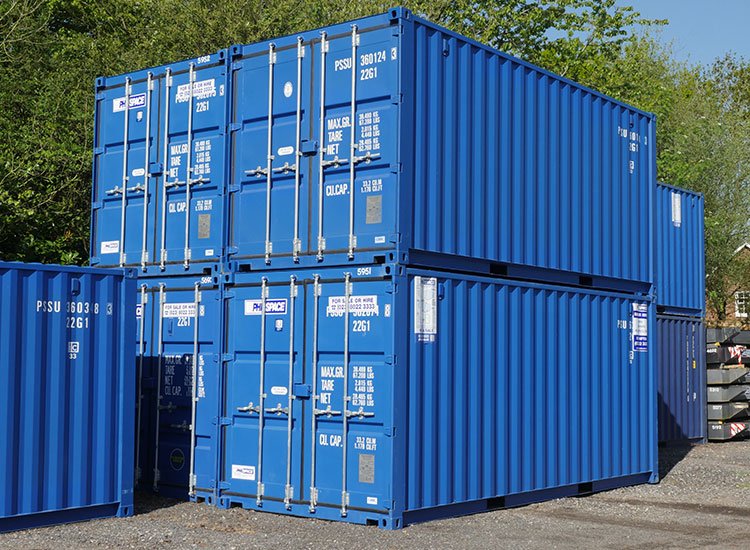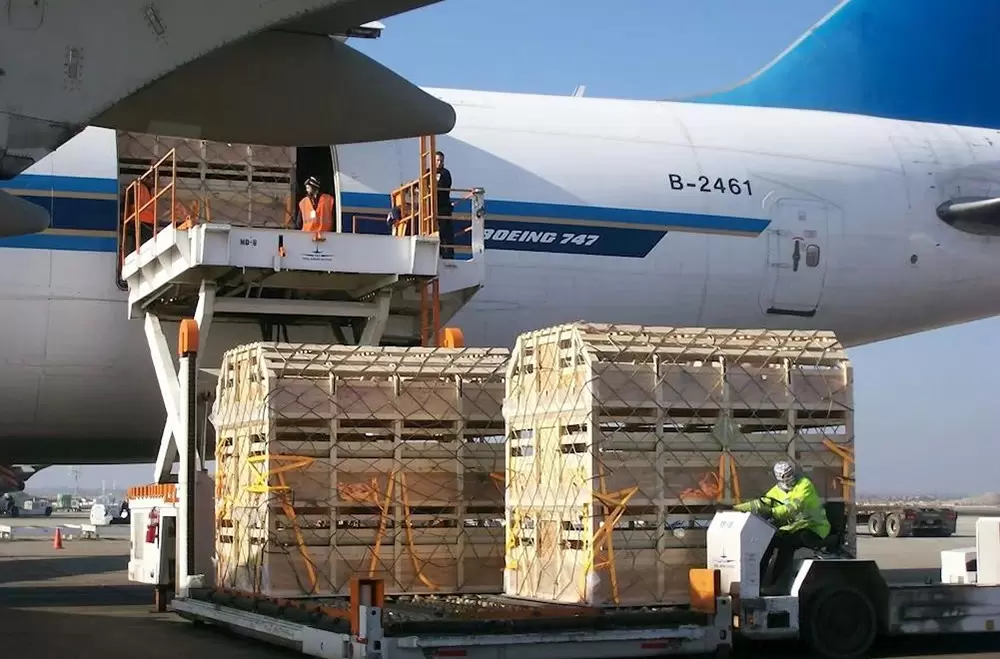Exploring the Optimal Container Solutions for Liquid Transportation

Transporting liquids efficiently and safely is a crucial aspect of various industries. Choosing the right type of container for liquid transportation is essential to ensure product integrity, minimize risks, and optimize logistical operations. In this blog post, we will delve into the different types of containers commonly used for transporting liquids, their unique features, and the factors to consider when selecting the most suitable option.
- Tank Containers:
Tank containers, also known as ISO tanks, are widely used for transporting large volumes of liquids. These containers are designed to meet international standards and can carry a wide range of liquid products, including chemicals, food-grade liquids, and hazardous materials. They are constructed with durable materials such as stainless steel and equipped with safety features like pressure relief valves and temperature control systems. - Flexitanks:
Flexitanks are a cost-effective alternative for transporting non-hazardous liquids in bulk. These single-use, disposable containers are made of flexible materials and can be easily installed inside standard shipping containers. Flexitanks offer high capacity, easy loading and unloading, and compatibility with various liquid types. They are particularly suitable for transporting non-hazardous food-grade liquids, such as oils, juices, and wines. - IBCs (Intermediate Bulk Containers):
IBC containers are versatile and widely used for transporting liquids in intermediate quantities. These containers typically have a capacity ranging from 275 to 1,000 liters and are constructed with materials like plastic, stainless steel, or composite. IBCs are stackable, reusable, and can be easily transported using forklifts or pallet jacks. They are commonly employed for transporting chemicals, pharmaceuticals, and other liquid products. - Drums and Barrels:
Drums and barrels have long been used for liquid transportation, especially for smaller quantities. They are available in various sizes and materials, such as steel, plastic, or fiber. Drums and barrels offer easy handling, compatibility with different liquid types, and are suitable for both hazardous and non-hazardous liquids. However, they may require additional packaging and handling precautions to ensure product safety.
Factors to Consider:
- Compatibility with the liquid type (e.g., corrosive, flammable, food-grade)
- Volume and capacity requirements
- Regulatory compliance and safety standards
- Transportation mode (e.g., road, rail, sea)
- Environmental impact and sustainability considerations
- Cost-effectiveness and return on investment
Conclusion:
Selecting the appropriate container for liquid transportation is a critical decision that impacts product quality, safety, and logistical efficiency. Tank containers, flexitanks, IBCs, and drums/barrels each offer unique advantages depending on the specific requirements of the liquid being transported. By considering factors such as compatibility, volume, safety, and cost-effectiveness, businesses can make informed decisions to optimize their liquid transportation operations.


